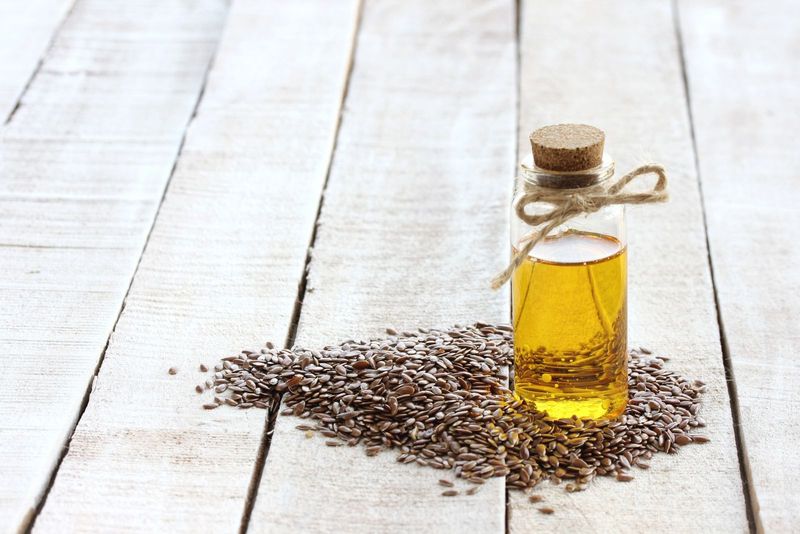When it comes to managing arthritis, most people are told to steer clear of certain “bad” foods—but what if some of them aren’t so bad after all? According to dietitians, a few commonly misunderstood foods may actually have surprising benefits for joint health. From pantry staples that get a bad rap to once-taboo items now backed by science, these options could help ease inflammation and support mobility when enjoyed in moderation. Ready to rethink your plate? Here are six so-called “bad” foods that just might become unexpected allies in your fight against arthritis pain.
1. Coffee

That steaming cup of morning coffee isn’t just waking up your brain—it’s potentially calming your joints too. The antioxidants in coffee, particularly chlorogenic acid, help fight inflammation throughout your body, including your achy joints. Scientists have found that moderate coffee drinkers may have a lower risk of developing rheumatoid arthritis.
The key word is moderate—aim for 2-3 cups daily rather than going overboard. Coffee also contains polyphenols that protect cells from damage. Just remember to skip the sugar and heavy creamers, which can counteract these benefits. Black coffee or with a splash of milk provides the most anti-inflammatory power for your joints.
2. Canned Fish

Forgotten in the back of your pantry, those cans of salmon and sardines are actually arthritis-fighting powerhouses. The omega-3 fatty acids work directly against joint inflammation, potentially reducing morning stiffness and tender joints. Unlike fresh fish, canned varieties with edible bones offer a calcium bonus that strengthens the bones around your joints. One study found that people who regularly consumed fish oil experienced less joint pain and were able to reduce their pain medication. Sardines, mackerel, and salmon are particularly beneficial. Try adding them to salads or spreading on whole-grain crackers for an easy, joint-friendly snack that doesn’t require cooking or special preparation.
3. Tomatoes

Misunderstood and wrongly accused! While some people with arthritis avoid nightshade vegetables like tomatoes, research suggests they might actually help fight inflammation. The secret weapon? Lycopene—the compound that gives tomatoes their vibrant red color. This powerful antioxidant works to neutralize harmful free radicals that can damage joints and increase pain. Cooked tomatoes actually provide more lycopene than raw ones, making tomato sauce and soup excellent choices for joint health. Tomatoes also contain vitamin C and potassium, nutrients that support overall joint function. If you’ve been avoiding tomatoes due to old advice, consider testing them in your diet again—your joints might thank you for it!
4. Full-Fat Dairy

For years, we’ve been told to reach for skim milk and low-fat yogurt. Surprisingly, full-fat dairy products might actually benefit those creaky joints. The calcium and vitamin D work together to maintain bone strength—crucial when dealing with arthritis. Research published in the Arthritis Foundation journal suggests that dairy proteins may help protect cartilage in your joints. The fatty acids in whole milk products can also have anti-inflammatory properties when consumed as part of a balanced diet. Greek yogurt, cheese, and whole milk are excellent sources. Just a serving or two daily provides significant benefits without overloading your diet with saturated fat. Remember, moderation is key—enjoy these foods as part of your overall arthritis management plan.
5. Potatoes

Unfairly labeled as diet villains, potatoes actually pack an arthritis-fighting punch! These underground treasures are loaded with potassium, which helps reduce inflammation and maintain proper fluid balance in your joints. The vitamin C in potatoes supports collagen production—essential for healthy joints and cartilage repair. One medium potato provides nearly half your daily vitamin C needs.
Purple potatoes deserve special mention for their anthocyanins, powerful antioxidants that may specifically target joint inflammation. Preparation matters: baked, boiled, or roasted potatoes retain more nutrients than fried versions. Keep the skin on for extra fiber and nutrients. Adding potatoes to your meals a few times weekly could give your joints the nutritional support they need to function better.
6. Seed Oils

Not all fats are created equal when it comes to arthritis. Certain seed oils, particularly flaxseed and grapeseed oil, contain impressive amounts of omega-3 fatty acids and polyunsaturated fats that help calm joint inflammation. Flaxseed oil stands out with its alpha-linolenic acid content, which converts to inflammation-fighting compounds in your body.
A 2020 study found that participants who consumed flaxseed oil regularly experienced reduced joint pain and morning stiffness after just 6 weeks. The trick is using these oils in moderation and balancing them with your overall omega-6 intake. Try drizzling them over salads or using them in dressings rather than for high-heat cooking. This preserves their beneficial properties while adding a mild, nutty flavor to your meals.
Leave a comment